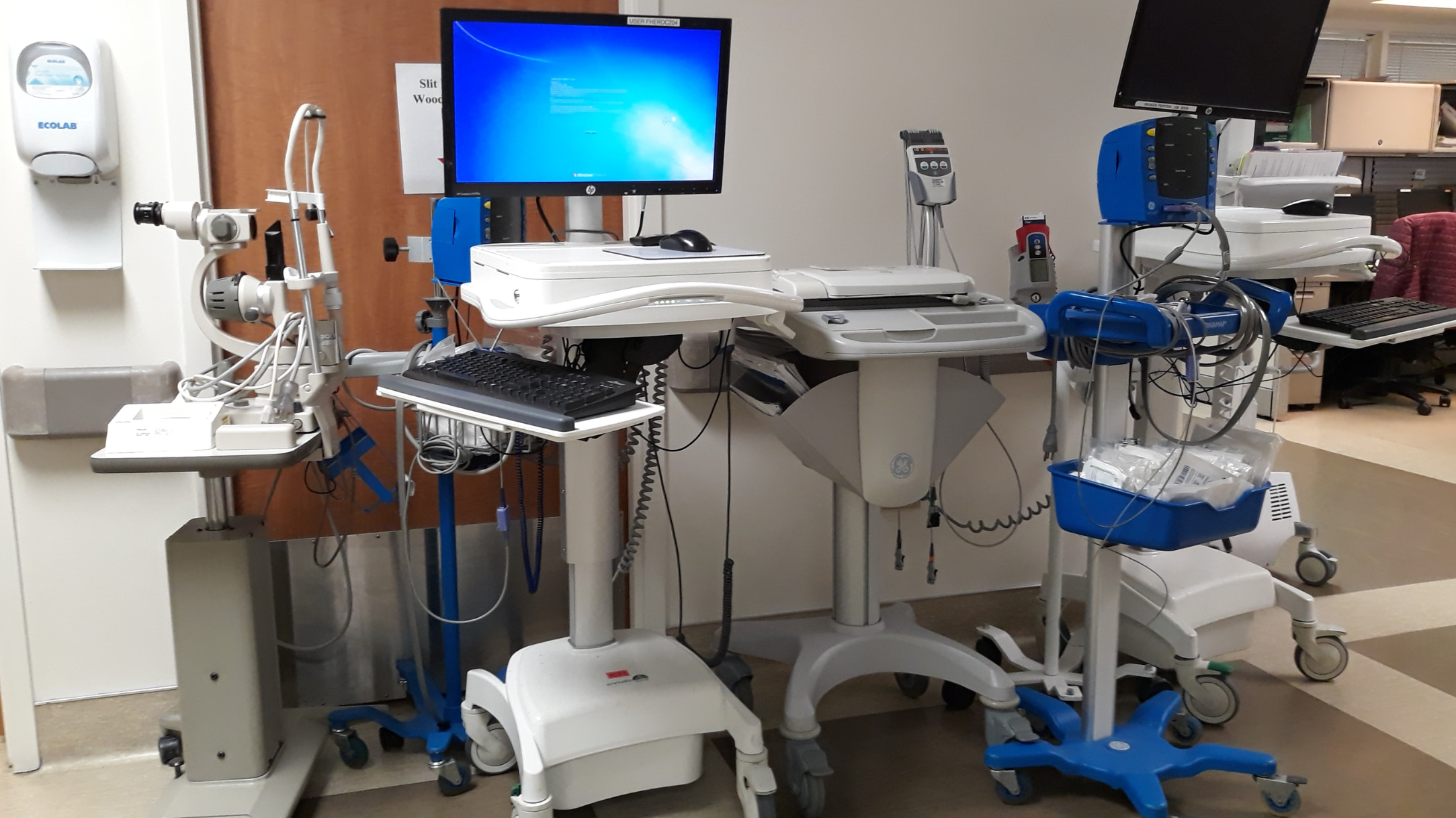
WiFi Dropouts and Dead Zones Can Lead to Patient Care Delays and Injuries

ECRI identified WiFi issues as one of the top health technology hazards in healthcare today. According to the organization, “WiFi connectivity is essential for transmitting clinical alarms to a nurse’s phone, for populating the electronic health record (EHR) or accessing information from it, for updating the drug library on a fleet of infusion pumps, and for a host of other applications.”
WiFi issues, therefore, directly impact patient care. It’s no surprise that creating reliable WiFi networks is a top priority for all healthcare organizations, large and small. Let’s break down what it takes.
ECRI WiFi Recommendations
ECRI recommends the following:
- Ensure that clinical engineering and IT staff have adequate systems, resources, and support staff to maintain WiFi systems, including settings and security certificates.
- Monitor and maintain the network to ensure there is enough bandwidth to support clinical needs as demand increases. Periodically consult with clinical staff to identify problem areas; users likely can point out areas of poor coverage based on their experience using the network.
Recommendation One: Adequate IT Support
The number of WiFi dependent devices in a healthcare setting is growing exponentially. Currently it includes, but is not limited to:
- EMR/EHR
- Smart bed alarms
- Telemonitors
- Large volume IV pumps
- Syringe pumps
- Enteral pumps
- Robots
- Medication dispensing systems
- Communication / RN call systems
- Central monitoring systems
- Telehealth
- Infant security systems
- Thermometers
- Supply chain / product inventory management devices
- Breast milk scanners
- Medication scanning
- Tablets
- Ventilators
- Temperature regulation controls
- Video conferencing
- Wearable / Smart devices
- RFID
- Patient / visitor devices
- Glucose monitors
This creates WiFi systems that consist of hundreds or thousands of devices. These systems depend upon complex infrastructure with both onsite, offsite, and cloud elements. Monitoring every piece of the network ecosystem, down to security certificates for individual devices, is more than a full-time job. It requires the real time analysis of each device, backend and frontend infrastructure, and applications. This is not a job that can be performed solely by IT professionals. They don’t have the time or the capacity to devote 100% of their energy to WiFi network performance analysis..
They need systems and resources that remove this burden and make network monitoring easy.
Recommendation Two: Ensure Sufficient Bandwidth
WiFi demand increases for every device and application using the network. Some need very little bandwidth. Others, such as video conferencing applications, are data intensive and require significant bandwidth. Available bandwidth changes throughout the day as different devices connect and disconnect, and different network requests are made.
Managing bandwidth is a constant job. Signs of poor coverage and poor bandwidth availability include:
- Slow loading internet pages
- Slow downloads and uploads
- Timed out connections
- Delayed audio during a video conference
- Poor video quality during a video conference
Determining bandwidth needs requires IT to know:
- What percentage of bandwidth is currently being utilized
- Bandwidth breakdown per device and application
- The number of each device and application expected to connect to the network over the next 2-4 years
As you can see, this requires steady network analysis. If IT is to make predictions for bandwidth needs for the future, teams need to know, as precisely as possible, how needs changed over the last 2-4 years and what drove those changes. If bandwidth utilization jumped from March to August, but there’s no data in between explaining why, it makes it difficult to predict future needs.
Similarly, it’s important to remember that the issues mentioned above are not only caused by poor bandwidth. There are other common, and some not so common, factors that can be to blame. The only way to know what causes a problem is, again, constant network monitoring by a solution that will not only identify issues but also root causes.
Cost-Effective Solution: AI-Powered Network Automation
Network automation solutions automate the identification, notification, and mitigation of WiFi and wired network issues. Powered by artificial intelligence, they learn to recognize normal and abnormal network behavior. With this knowledge, solutions can alert IT as soon as issues occur, allowing teams to resolve problems in near-real time. With a network automation solution on board, IT professionals can trust that the healthcare network is performing optimally unless otherwise notified.
Wyebot’s Wireless Intelligence Platform™ (WIP):
- Delivers 24/7/365 critical coverage for the entire facility
- Enhances cybersecurity initiatives with AP Classification and Port Scan tests
- Supports patient confidentiality initiatives with its HIPAA compliant design
- Provides network tests that run remotely on both wired and WiFi networks for a full picture of total network performance
- Saves 30 days historical data to provide critical end-user analytics
- Identifies any network gaps/interruptions and provides recommended solutions
- Passively monitors the airwaves from the client side of the network
- Allows for customizable notifications with multiple Trigger Criteria and alert recipients
WIP is the only vendor agnostic, multi-radio sensor on the market with historical packet capture (PCAP).
Patient Safety Linked to WiFi Reliability
Healthcare organizations that use WIP see:
- 90% faster resolution times, improving user satisfaction
- 70% fewer WiFi problem tickets, allowing for optimal IT resource deployment
- 80% fewer remote site visits, allowing for greater budget controls
Ask about a free demo or trial today and see how WIP will elevate the efficiency of your healthcare IT infrastructure, allowing you to meet ECRI’s technology recommendations.


